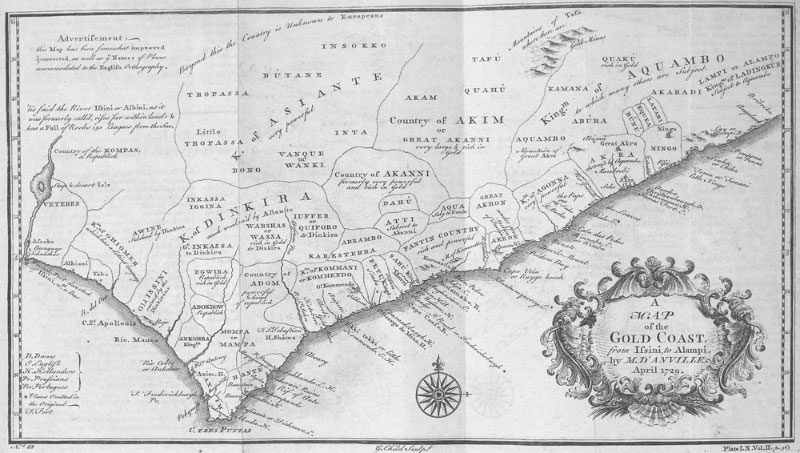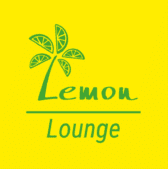Know More
Castle History
A Unesco heritage site
Cape Coast Castle
Cape Coast Castle is a trading post on the West African coast in the modern nation of Ghana. It stands only a few miles from another slave castle built by the Portuguese at Elmina in the late fifteenth century. Originally built by Sweden in the 1650s, Cape Coast Castle shifted into Danish, Dutch, and then English possession by the 1660s. In the castle’s early decades, trade revolved around gold, wood, and textiles before English merchants began to seek captive Africans in large numbers.
Large, permanent trading factories like Cape Coast Castle gave European traders competitive advantages in the marketplace. By focusing resources in and around these sites, merchants could build alliances with local political leaders to ensure steady supplies of African commodities. The town that grew around the castle supplied labor to merchants, supplementing the castle’s own enslaved workers. In addition, relationships between European men and African women led to a significant biracial population around Cape Coast. These individuals served in military units, learned skilled trades, and provided a bridge between European and African cultures.
When Cape Coast Castle’s commerce became increasingly dependent on supplying slave cargoes, the fort added dungeons to hold larger numbers of captives. In doing this, the castle’s merchants could outfit ships more quickly, at higher prices, and with greater profits than their smaller competitors. Over the course of the eighteenth century, most of Cape Coast Castle’s trade was in African captives bound for the Americas. After Britain legally abolished the slave trade in 1807, the castle became an educational and administrative center.
Nam nec tellus a odio tincidunt auctor a ornare odio. Sed non mauris vitae erat consequat auctor eu in elit. Class aptent taciti sociosqu ad litora torquent per conubia nostra, per inceptos himenaeos.
About Gold Coast
Gold Coast is a former British colony in West Africa known today as the Republic of Ghana. In the transatlantic slave trade era, Europeans identified the region as the Gold Coast because of the large supplies of and market for gold that existed there.
Portuguese traders built the fort of Elmina in 1482 within ten years of their arrival on the coast. Many other Europeans followed with forts and markets of their own, including Danish, Dutch, Swedes, and English. Eventually, the British rose to dominance and established the Gold Coast colony in the mid-nineteenth century. In 1957, the Republic of Ghana became the first of Britain’s African colonies to gain independence.
European commerce in the region began with a focus on gold, which explorers found to be abundant there. As was the case in many other African regions, Europeans soon began to demand African captives in the trade to the coast. As the kingdoms of the region—especially the Ashanti (or Asante)—began to expand and consolidate their power, a significant part of the regional commerce turned to supplying slaves instead of gold.


